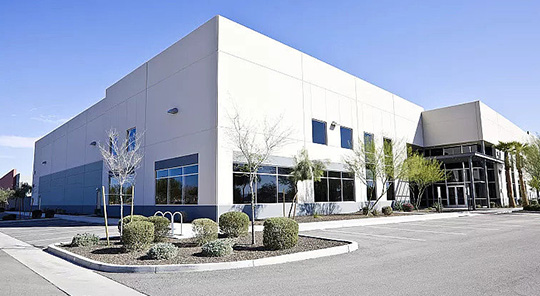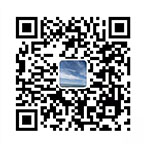The Development and Application of 3D Laser Measurement Technology
With the development of laser technology and electronic technology, laser measurement has evolved from static point measurement to dynamic tracking measurement and 3D stereo measurement. At the end of the last century, CYRA in the United States and MENSI in France took the lead in developing laser technology into the field of three-dimensional measurement. Among them, CYRA's 3D measurement technology focuses on the measurement application of medium and long distance (50-200 meters) targets, which can achieve measurement accuracy of 6 millimeters to 4 centimeters. It is used for modeling and monitoring of large-scale projects such as building models, ground construction, power plants, and ship design; MENSI company focuses on short distance and high-precision 3D measurement applications, providing a new measurement method for industrial design, equipment processing, and quality monitoring due to its ability to achieve an accuracy of 0.25 millimeters. In 2000, NASA successfully applied 3D measurement technology in the design and manufacturing process.
Nowadays, 3D measurement technology has developed into longer working distances and more application areas. The working distance of I-Site's 3D laser scanner has reached 800 meters, making it suitable for larger scale on-site monitoring, such as open-pit coal mines. 3D laser measurement has also been applied in the field of aviation measurement, namely LiDAR. Traditional telemetry technologies include satellite remote sensing, aerial photogrammetry, etc. However, satellite remote sensing technology has a huge scale, high cost, multiple constraints, and lacks flexibility. However, aerial photogrammetry is expensive and requires high equipment requirements. In contrast, 3D laser scanning equipment can accurately measure ground targets in a low altitude range of 100 to 450 meters, with an accuracy of up to 10 centimeters. Its low cost and flexibility expand aerial surveying technology to a wider range. Lidar not only has extensive military applications, but also has very broad application prospects in fields such as water conservancy, electricity, transportation, flood control, landslide monitoring, and forestry.
3D laser measurement has high requirements for software processing, requiring specific processing of measurement information, and then combining it with AutoCAD software for modeling and application. The work steps include: measurement, surface treatment, software splicing, 3D modeling, application of data, etc. Compared with traditional methods, 3D laser measurement has high work efficiency, which can greatly accelerate the speed of engineering, monitor and obtain reliable accuracy.
3D laser scanning technology has been successfully applied in many fields such as civil engineering, industrial design, ground modeling, road and bridge design, ship construction, geographic data collection, on-site protection, open-pit coal mines, and building monitoring. Its high efficiency and low cost characteristics have been widely recognized. For example, based on the experience of using 3D laser measurement technology in the construction process of highways and overpasses in the United States, each project can shorten the construction period by approximately 4 to 6 months, and without the need for surveyors to enter the highways and bridges, the target section can still remain smooth. While ensuring high precision and cost savings, it also achieves social benefits.
Information source: Guangxing Tianxia Technology Network
Disclaimer: The information articles on this website are from the Internet, journals or provided by the author. Their contents do not represent the views of this website, but are only for reference and learning. If there is any infringement of your copyright or other behavior that harms your interests, we will immediately make corrections and delete the relevant content.








